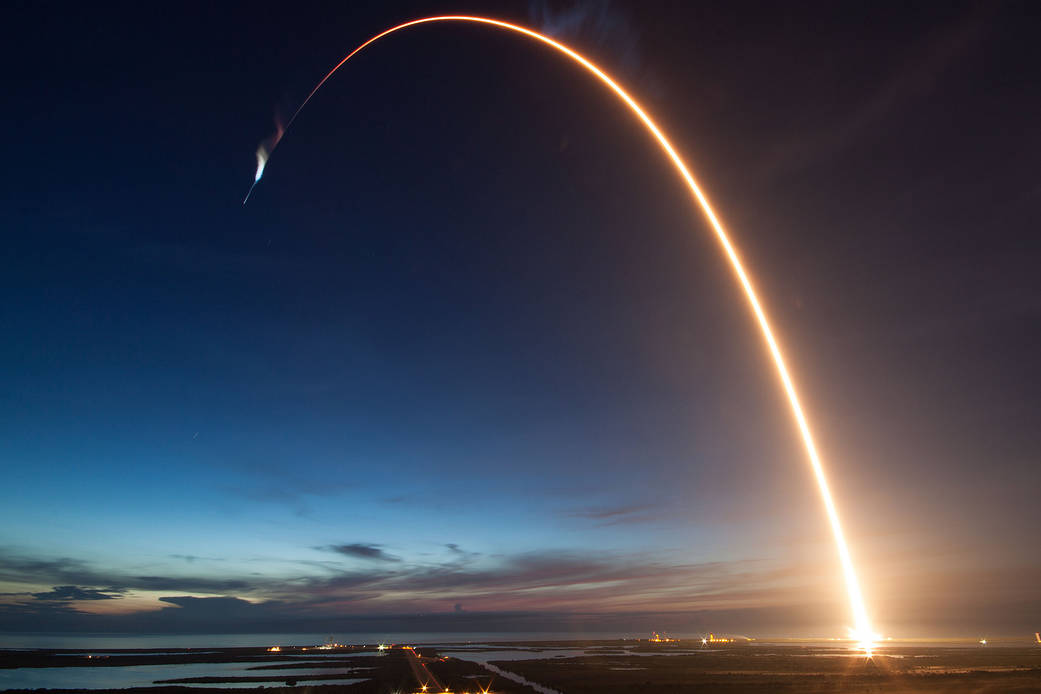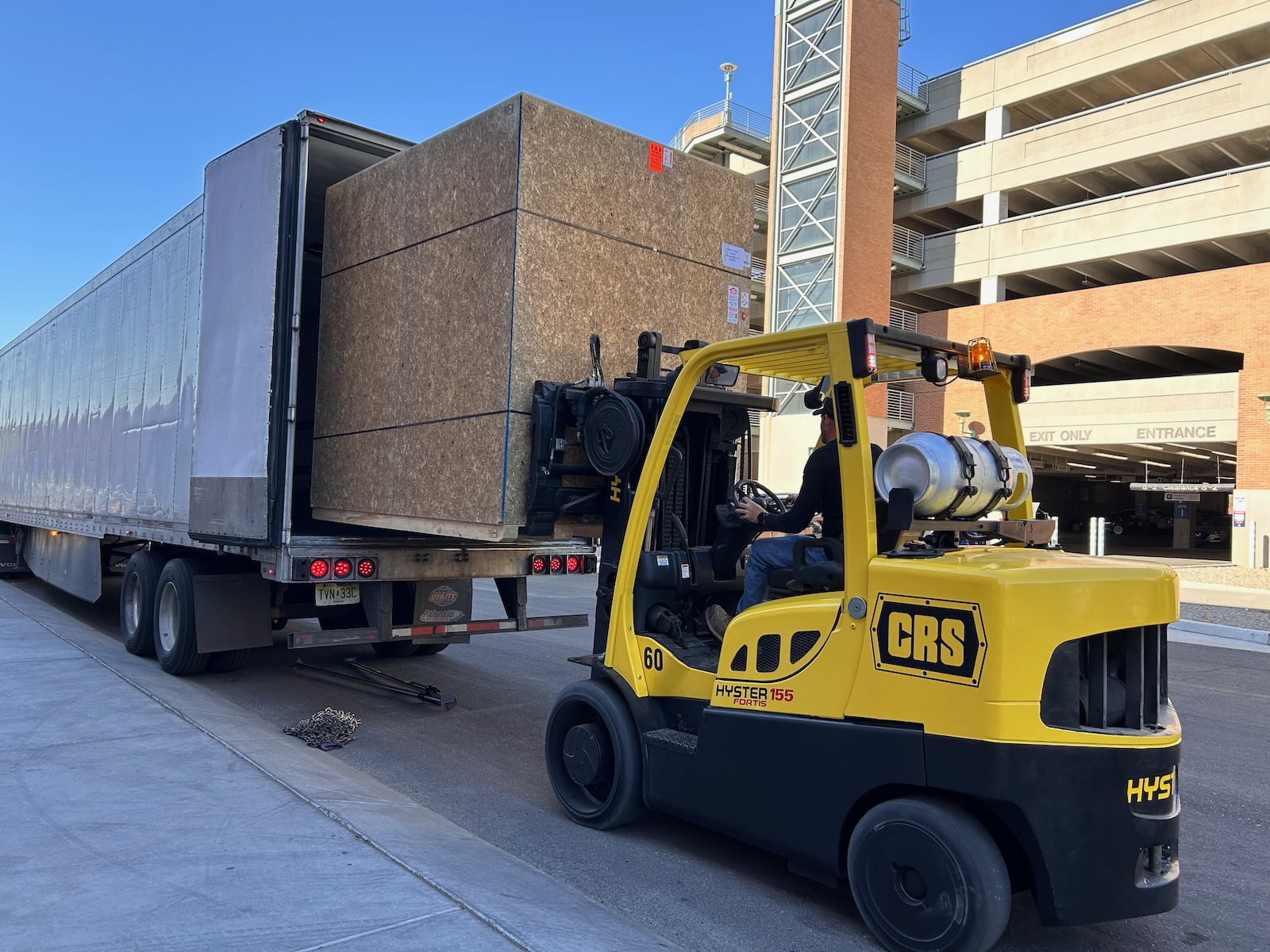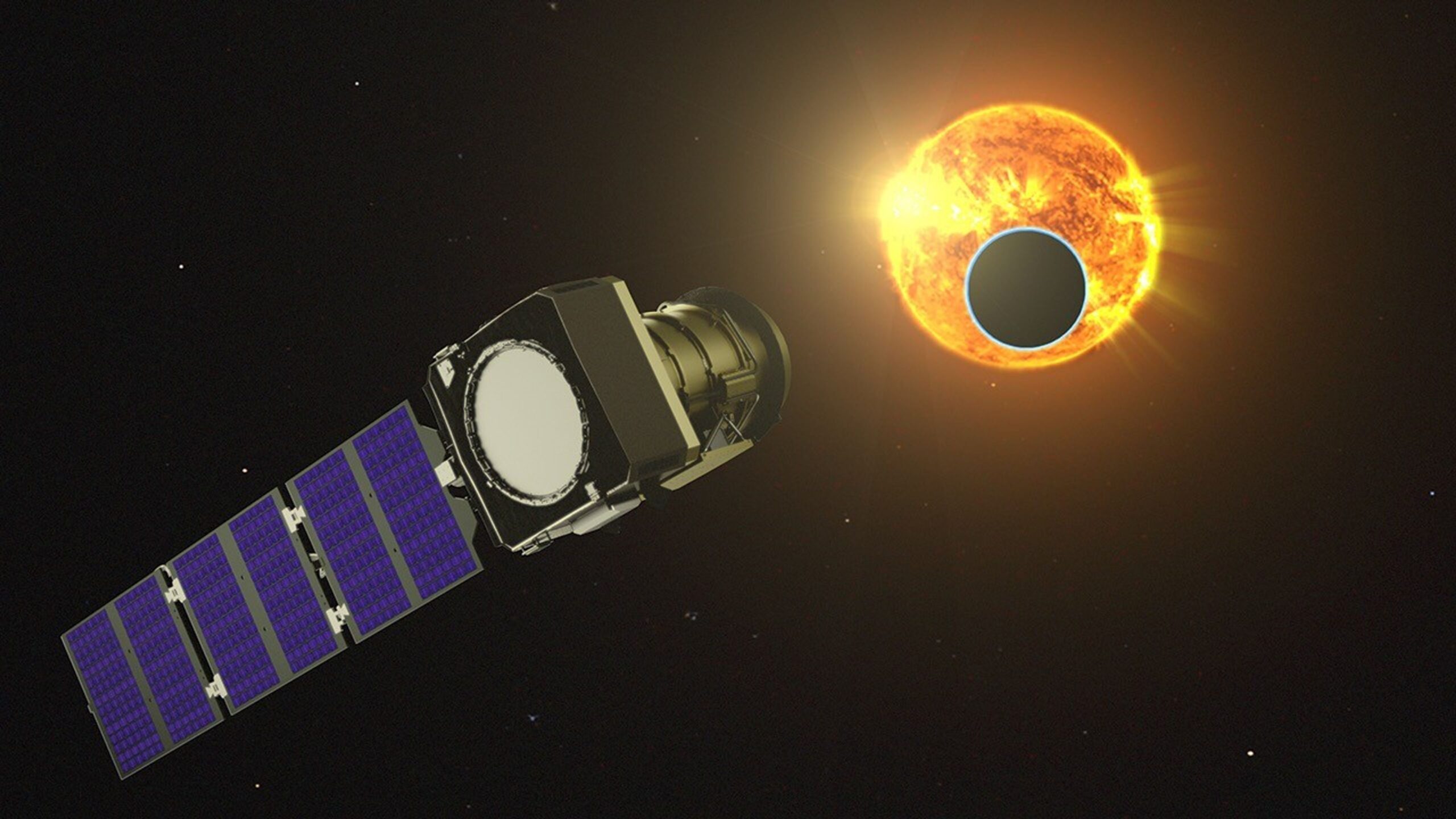Read my article on The Conversation about the scientific context, importance, and complexity of the announcement that a potential signature of life was found in a transit spectrum of the planet K2-18b. What does it mean? What are the next steps? https://theconversation.com/scientists-found-a-potential-sign-of-life-on-a-distant-planet-an-astronomer-explains-why-many-are-still-skeptical-254900









